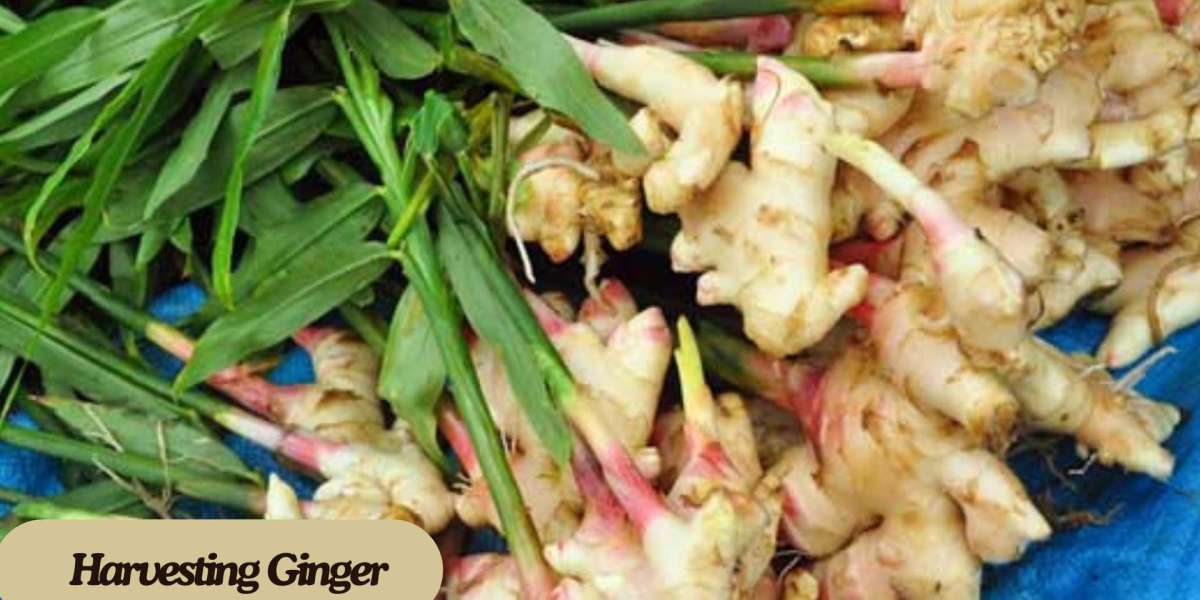Introduction to Ginger Plants
Ginger, known scientifically as Zingiber officinale, is a flowering plant that has been used for centuries both as a spice and for its medicinal properties. Native to Southeast Asia, ginger is now cultivated around the world for its rhizome — the underground stem that is commonly referred to as the ginger root. The plant not only adds flavor to dishes but also offers a range of health benefits.
Botanical Description and Growth Habits
Ginger is a tropical perennial plant that thrives in warm and humid climates. It grows about 2 to 4 feet tall, with narrow, lance-shaped leaves that can reach a foot in length. The rhizome, which grows horizontally underground, is thick and knobby, with a tan skin and yellow interior. Ginger produces greenish-yellow flowers that resemble orchids, although it is primarily grown for its root rather than its blossoms.

Ideal Growing Conditions
To successfully grow ginger, the plant requires rich, well-draining soil with plenty of organic matter. It prefers a slightly acidic to neutral pH level and does best in partial to full shade. Ginger is sensitive to frost, so it should be planted after the danger of freezing has passed. In colder regions, it can be grown in containers and brought indoors during the winter months.
Planting and Propagation
Ginger is typically propagated using rhizomes rather than seeds. To plant ginger, a healthy, plump rhizome is cut into pieces, each with at least one "eye" or bud. These pieces are then planted shallowly in soil, with the buds facing upward. It usually takes 8 to 10 months for ginger to mature, though young ginger can be harvested earlier for a milder flavor.
Care and Maintenance

Ginger plants require regular watering, especially during dry periods, but care must be taken to avoid waterlogging the roots. Mulching can help retain soil moisture and suppress weeds. While generally low-maintenance, ginger may be susceptible to pests like aphids or fungal diseases if not properly cared for.
Harvesting and Storage
Harvesting typically begins once the plant's leaves start to yellow and die back. The rhizomes are carefully dug out of the ground, washed, and either used fresh or dried for storage. Fresh ginger can be stored in the refrigerator, while dried ginger should be kept in an airtight container in a cool, dark place.
Culinary and Medicinal Uses
Ginger is a versatile ingredient in the kitchen, used in both savory and sweet dishes, as well as teas and beverages. Medicinally, it is renowned for its anti-inflammatory, antioxidant, and digestive properties. It is commonly used to treat nausea, colds, and arthritis, and has become a popular supplement in many health-conscious diets.
Conclusion
Ginger plants are not only beautiful and easy to grow but also incredibly useful. Whether you're a home gardener looking to add a tropical touch to your landscape or a health enthusiast interested in natural remedies, growing your own ginger can be a rewarding experience. With the right conditions and care, you can enjoy fresh, homegrown ginger year-round.



